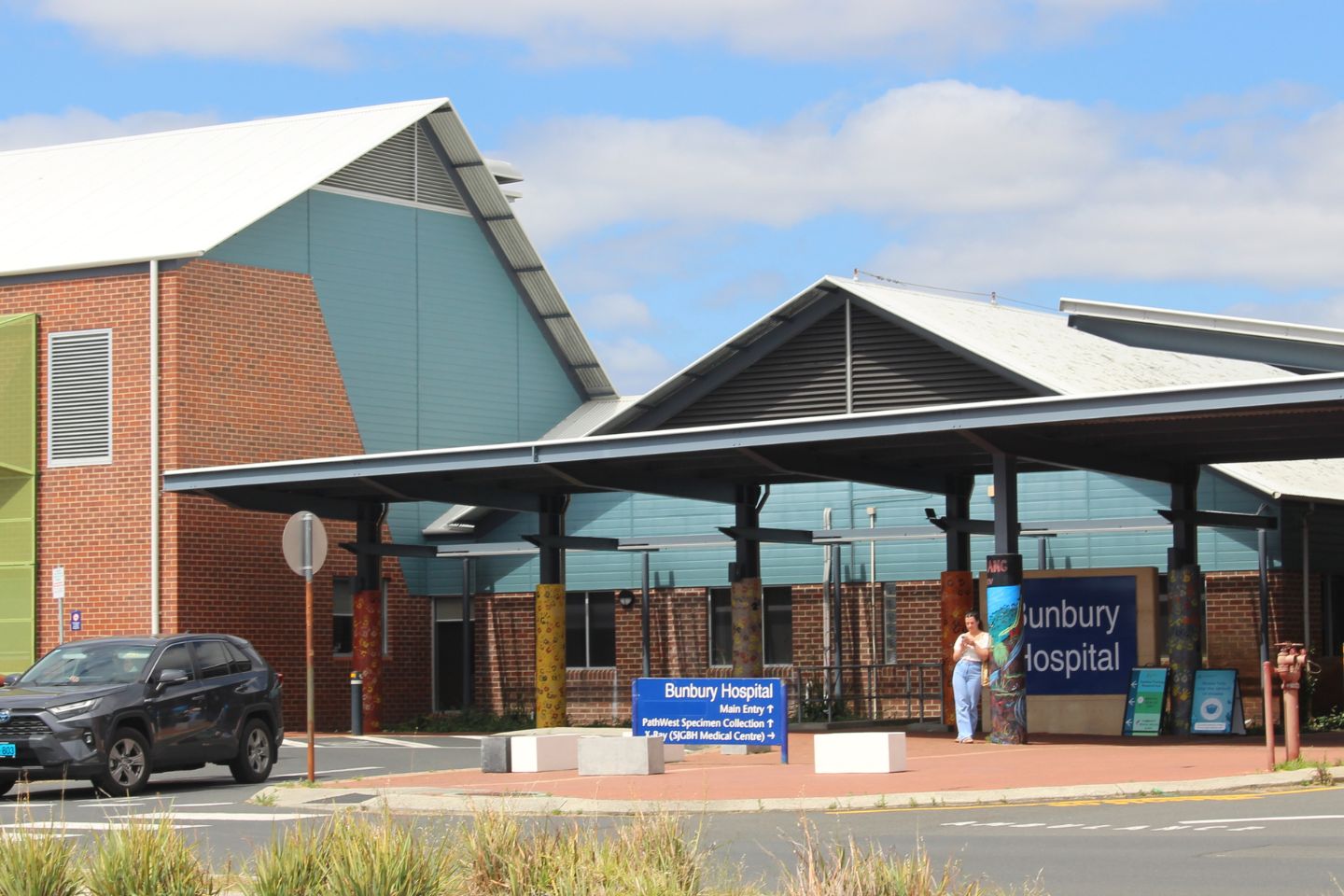Key Points
- Melissa Gardiner unknowingly experienced a heart attack after feeling a tingling sensation in her palm.
- A new Monash report revealed that, like Ms Gardiner, one in five Australians can’t name a symptom of a heart attack
- Now, more targeted awareness is being established to ensure people know what warning signs to look out for.
Melissa Gardener woke up to a “niggly little pain” one night, almost two years ago.
The-then 52-year-old didn’t think it was anything serious.
“It was a light discomfort in my palm — like a tingling feeling,” she said.
Ms Gardener wrestled with herself if she should call a doctor at 1:30am. When she called the HealthFirst hotline and the operator demanded that an ambulance was being called to her home, she thought it was an overreaction.
“I said, ‘Oh no, don’t do that. It’s nothing serious, I’m sure. I don’t want to waste anyone’s time’.
She had no idea that she was experiencing a heart attack.
“I got to hospital and discovered that I suffered a heart attack, so [it was] very scary.”
Can you name a symptom of a heart attack?
Ms Gardiner’s experience of not being able to identify a heart attack isn’t an isolated one.
New research led by published last month has revealed that one in five Australians are unable to name any symptoms of a heart attack.
The study, surveying 101,936 Australians between 2010 and 2020, was aimed at monitoring whether people could identify symptoms following the National Heart Foundation’s three-year campaign in 2010 aimed at educating people about the warning signs of heart attacks.
The results showed that fewer people were aware of chest pain being a heart attack symptom: awareness fell from 80 per cent in 2010 to 57 per cent in 2020.
The percentage of respondents who couldn’t name a single symptom skyrocketed from four per cent to 20 per cent.
The lead author of the report, Monash University’s associate professor Janet Bray, said it was critical for people to recognise the warning signs so they could get immediate help.
“It is vital because we know that people who attribute their symptoms to their heart when they’re having a heart attack get to hospital faster,” she said.
“When they’re having a heart attack, people also tend to call others so it’s important that people know the symptoms just in case they get a call from a loved one saying, ‘I’m experiencing these symptoms, what do you think I should do?'”
Common symptoms of a heart attack
Every year 56,700 Australians suffer from a heart attack or angina, which is another type of chest pain caused by reduced blood flow to the heart.
These events cause almost one in 25 deaths.
Some of the key warning signs of a heart attack are pain, pressure or tightness in the chest, arms, shoulders or back, neck or jaw, and may be accompanied by shortness of breath, a dizzy feeling, or a feeling of fatigue.
Professor Bray said that the study identified groups where the 2010 National Heart Foundation campaign was not effective, and is trying to figure out why.
Janet Bray is an associate professor at Monash University’s School of Public Health and Preventive Medicine. Credit: Monash University / Janet Bray
“People who have lower levels of education, people who don’t speak English at home – the message doesn’t seem to be penetrating there,” she said.
A targeted attempt
The surprising results have prompted Monash University to conduct a new awareness campaign about heart attacks, using the learnings of the 2010 campaign to reach people who need the information most.
The 2010 campaign cost $16 million, a project that Professor Bray conceded was out of reach for non-government organisations.
This time, the new ‘Heart Matters’ trial will target eight high-risk local government areas with high heart attack rates, low cardiovascular knowledge and low ambulance use.
“We’re trying to provide personal education to community groups including our culturally and linguistically diverse populations,” she said.
It is a joint effort with the Heart Foundation, Ambulance Victoria and the Victorian Government Department of Health.
Chief medical advisor for the Heart Foundation, Garry Jennings, said the program would be accessible to all, including those who speak a language other than English.
“People get their information from different sources and it’s important to work through those community leaders,” he said.
Women’s symptoms to watch out for
While chest pain is the most common heart attack symptom, women are more likely to experience non-chest pain symptoms such as nausea, fatigue, shortness of breath, cold sweats and pain or discomfort in the jaw, shoulders, arms or back.
These are symptoms that are often mistaken for conditions such as the flu, overexertion or indigestion.
Following Ms Gardiner’s heart attack, she had to have a stent put into one of her arteries, which was 90 per cent blocked.
Just three weeks later, her father died of a severe heart attack.
Ms Gardiner said she never suspected a heart attack was possible as she had assumed that it wasn’t a pressing issue for women like herself.
“I did not realise the symptoms could be different in ladies and so mild,’ she said.
“I would’ve just sat it out, I suppose, and God knows what would have happened.”
Now, she has an urgent piece of advice for all Australians.
“Don’t ignore it. It costs nothing to get it checked out. The hospital isn’t going to turn you away and say that you’re stupid.”





















Discussion about this post